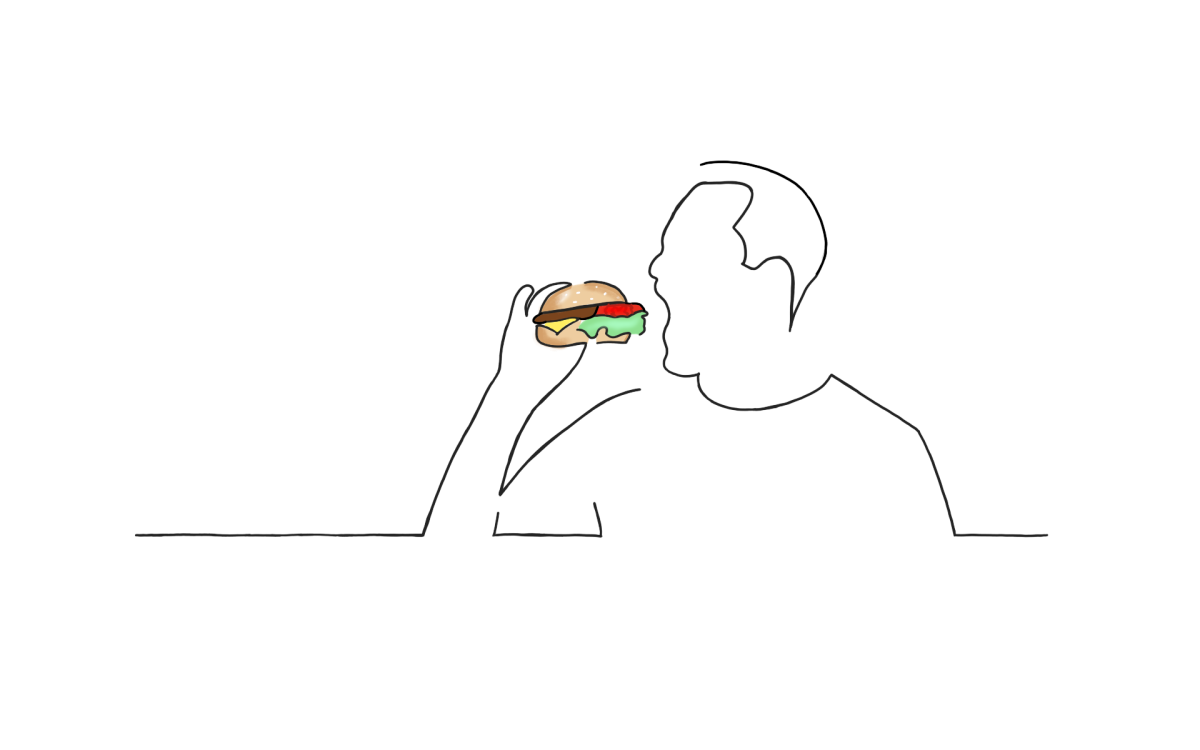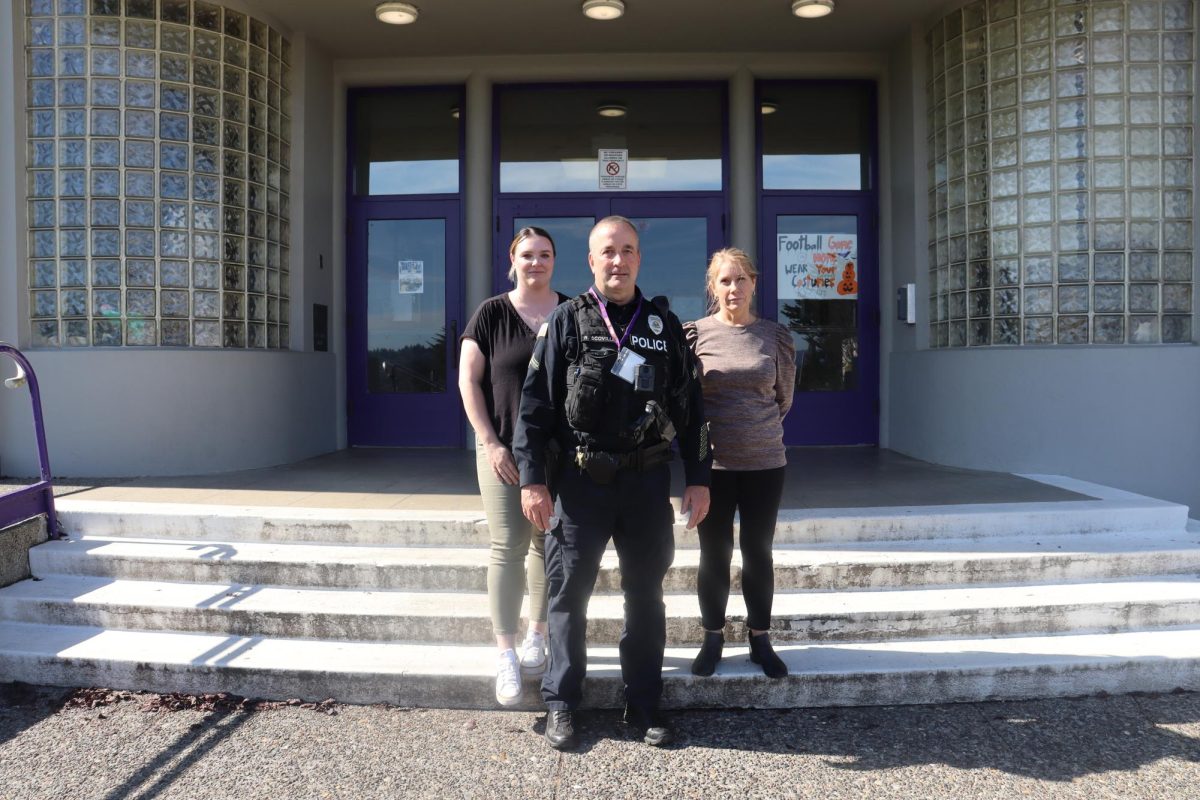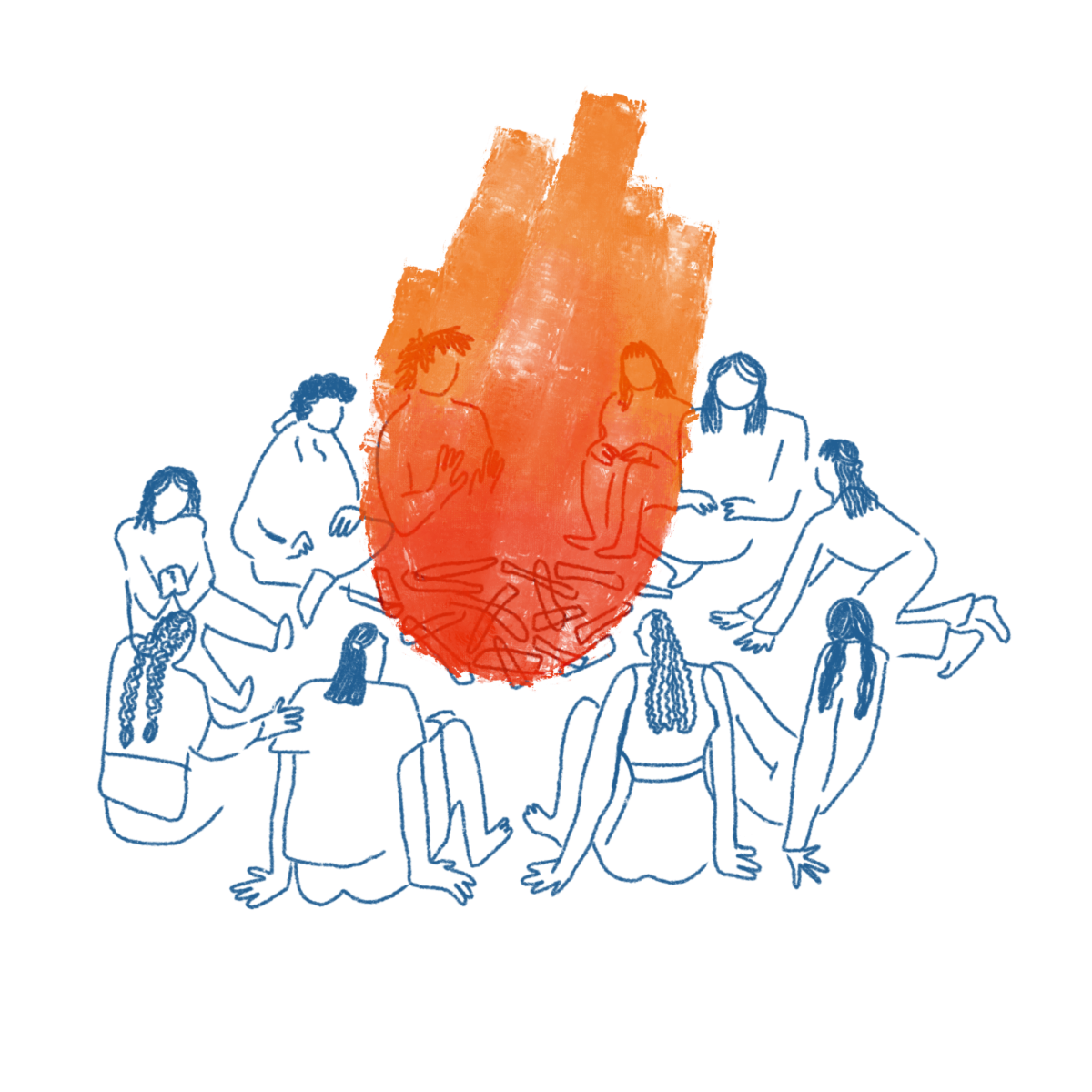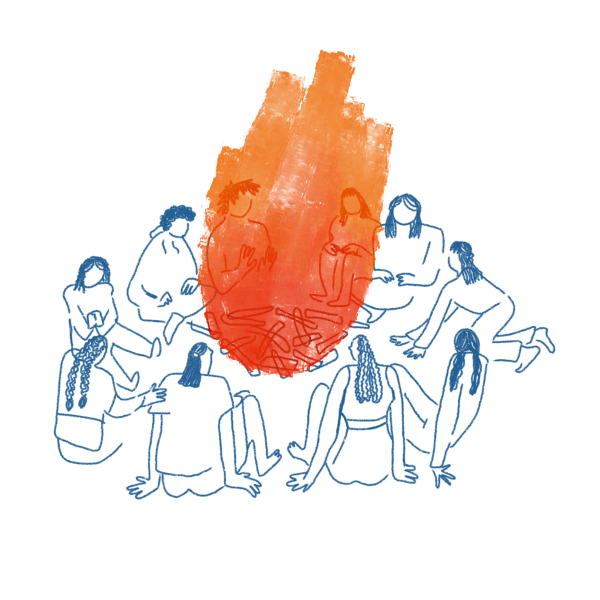Over diagnosis: The interconnected relationship between self-diagnosis, over-diagnosis, and mis-diagnosis
Is America overdiagnosed or underdiagnosed? First, we must define the difference. Overdiagnosis is creating patients unnecessarily by identifying problems that were never taking place while underdiagnosis is the failure to recognize an illness or issue, especially in a significant proportion of patients. Misdiagnosis is also common, but is separate from both of the above. Misdiagnosis is an incorrect diagnosis or an issue that is there.
Nothing is black and white so let’s highlight the inconsistencies. Not all medical care is equal. Statistically, one in five women believe a health care provider has ignored or dismissed their symptoms. Women who are diagnosed with ADHD were often undiagnosed in childhood, or misdiagnosed with anxiety and/or depression. The Journal of the American Heart Association reported that women who visited emergency departments with chest pain waited 29% longer than men to be evaluated for possible heart attacks. Racial minorities often face similar issues. The steady rise in mental illness as well as a cultural shift to de-stigmatization is also important to note.
All of this led to a mass influx of self-diagnosis, frequently seen on TikTok. TikTok is a hotspot of medical misinformation. Often times these videos are riddled with improper grammar, spelling mistakes, incorrect information, or vague symptoms that can indicate a variety of normal bodily behaviors. These videos often go viral and cause a chain reaction There’s also been an influx of minors using TikTok as a psychiatric alternative, often using online tests as a replacement for a medical diagnosis.
It’s important to disclaim that self-diagnosis is often the first step to getting aid for physical or mental illness. But its recent spike of misuse has undermined those who face real struggles or have serious concerns. It often leads to the trivialization of serious problems, causing undiagnosed individuals not to seek treatment because of stereotypes or disinformation. Some mental illnesses become romanticized such as ADHD, Anxiety, Depression, and more. This romanticisation can be most observed on Tiktok, Instagram, Twitter, and Tumblr. As these struggles “trend”, their symptoms tend to be watered down. Obsessive compulsive disorder, for example, can leave a person unable to function in day-to-day life but many self proclaimed “neat freaks” claim to have OCD when in actuality they are simply organized.
The demographic who largely is affected by these videos and/or spread them, is minors. Some even go as far as to fake disorders. Many “call out” those who they believe to be faking, often harassing people who do have a diagnosis.
Your donation will support the student journalists of Marshfield High School. Your contribution will allow us to purchase equipment and cover our annual website hosting costs.


























